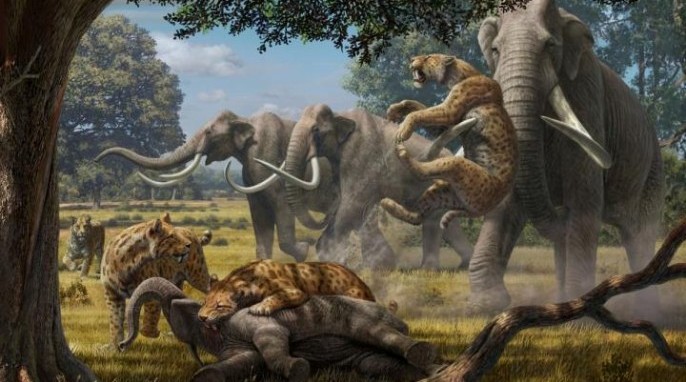Search for the Unicorn—Slightly Off-Center
In medieval times, the narwhal tusk was bought and sold as a “unicorn horn.” It is actually a very long tooth, but it is still very cool. By Mark Lasbury, PhD Zootopia opened in movie theaters on March 4, 2016. Among all the animals featured in this feature, you probably recall a few sporting horns. But did you happen to spot any unicorns? Mythical Unicorns The earliest writings that describe unicorns were those of the Greek writer Ctesias, in the late fifth century BCE. He described the Indian ass, an…



